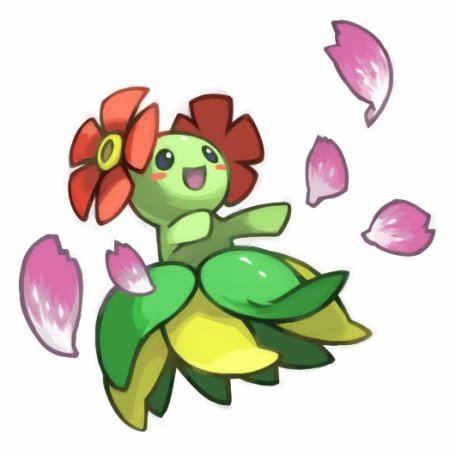We are living in an age of beginnings. As denizens of the digital Genesis, we’ve grown accustomed to our lush garden of perennial technological delights. And just now, the garden’s forking paths have led us to an exciting new species. The curious flower here is Pokémon Go, the map-based augmented reality game released by Niantic Labs just weeks ago, in early July. And my, how it’s grown!

Pokémon Go is the most recent (and most robust) specimen of a new genus of media, one that will quickly proliferate. This exciting variety is situated media: experiences in which content is delivered to users based on their location or other triggers like time, weather, or user heart rate.
Media experiences triggered solely by location (aka locative media) like Pokémon Go have been around since the beginning of the century. Turn of the century “mixed reality games” like Can You See Me Now (2001) that linked GPS devices, walkie-talkies, and handheld computers were early, hopeful seedling sprouts of situated media. Niantic’s Ingress (2013), the foundation upon which Pokémon Go is built, is another such shoot. After 15 years of experimentation, it seems that the perfect conditions for a thriving location-based situated media involve equal doses of augmented reality, habit-forming gameplay, and a strong brand.
With this popular new specimen in the wild, I predict a proliferation of situated media. Transmedia alternate reality games like I Love Bees, situated social media apps like Cornbread, and situated storytelling experiences like The Silent History are shoots worth watching. These strange new growths will offer flowers of their own. By taking situated media seriously, we are cultivating what promises to be a beautiful and lasting addition to our digital garden.
